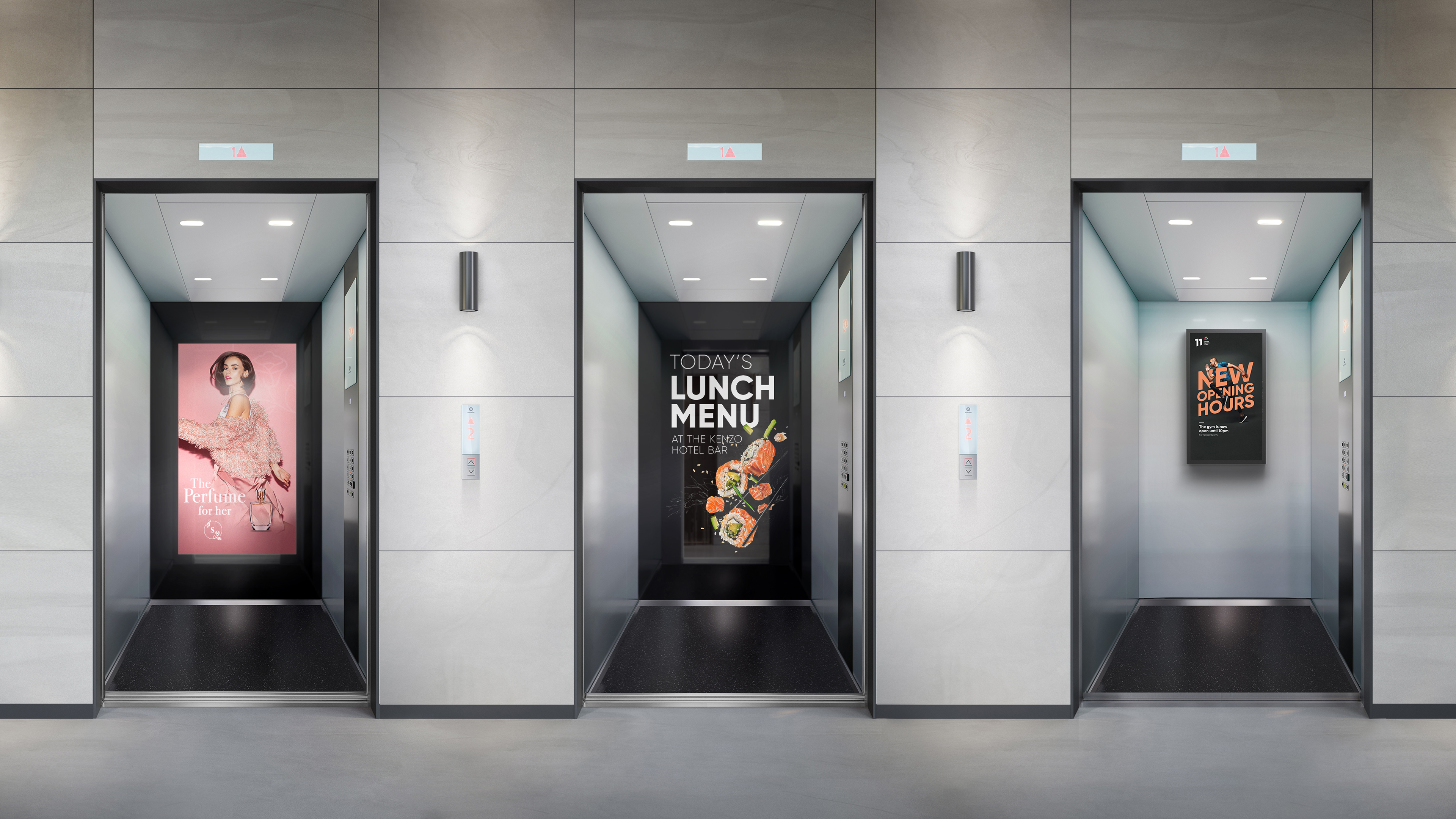Lift Elevator
Authorized Licence Holder for Building Lift Projects Lifts, also known as elevators, come in various types, each designed to cater to specific needs, building configurations, and functional requirements. Here are some common types of lifts:
-
Passenger Elevators:
- These are the most common type of lifts, designed primarily for transporting people between different floors of a building. They vary in size and capacity, accommodating a few passengers to larger groups.
-
Freight Elevators:
- These lifts are designed to transport heavy goods and materials within industrial, commercial, or residential settings. They often have higher weight capacities and durable interiors.
-
Home Elevators:
- Installed in residential properties, home elevators provide convenient vertical mobility for individuals with mobility challenges or those who simply desire the convenience of an elevator within their home.
-
Service Elevators:
- These lifts are used by building staff to transport supplies, equipment, and other goods without interfering with passenger traffic in the main elevators.
-
Hospital Elevators:
- Found in healthcare facilities, hospital elevators are designed to accommodate stretchers and medical equipment, ensuring efficient patient transportation.
-
Dumbwaiters:
- Dumbwaiters are small elevators used to transport items such as food, documents, or laundry between different levels within a building, often in restaurants, offices, or residential buildings.
-
Scenic Elevators:
- Also known as panoramic elevators, scenic elevators feature glass walls, offering passengers scenic views of the building's surroundings as they travel.
-
Vehicle Elevators:
- These specialized lifts are designed to transport vehicles between different levels in parking garages, car showrooms, and other automotive facilities.
-
Double-Deck Elevators:
- These lifts have two stacked cabins, effectively increasing the capacity within a single hoistway. They are commonly used in high-traffic commercial buildings.
-
MRL (Machine Room-Less) Elevators:
- MRL elevators integrate the machine and control components within the shaft, eliminating the need for a separate machine room. They are space-efficient and energy-saving.
-
Hydraulic Elevators:
- Hydraulic elevators use a hydraulic cylinder to lift the elevator car. They are often used in low-rise buildings and require less overhead space.
-
Traction Elevators:
- Traction elevators use steel ropes or belts and counterweights for movement. They are common in mid-rise and high-rise buildings and offer smoother rides.
-
Climbing Elevators (Paternoster):
- Climbing elevators consist of continuously moving cabins that allow passengers to step on and off as the cabins pass by, without stopping. They are less common due to safety concerns.
Each type of lift has its own advantages and is suited to different environments and purposes. When choosing a lift for a specific project, factors such as building design, functionality, capacity, speed, safety features, and energy efficiency need to be considered to ensure the best fit for the intended use.





